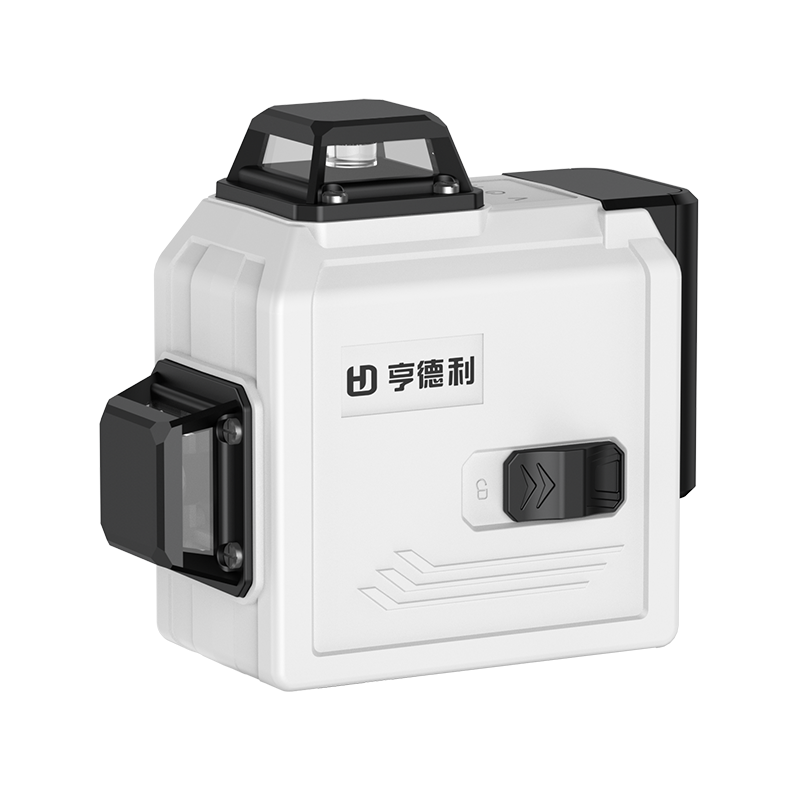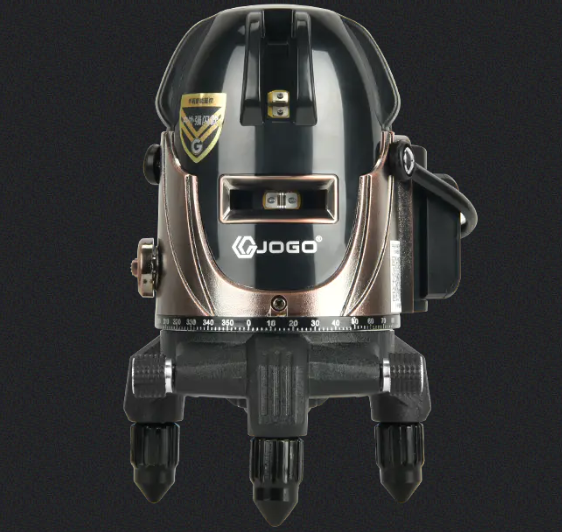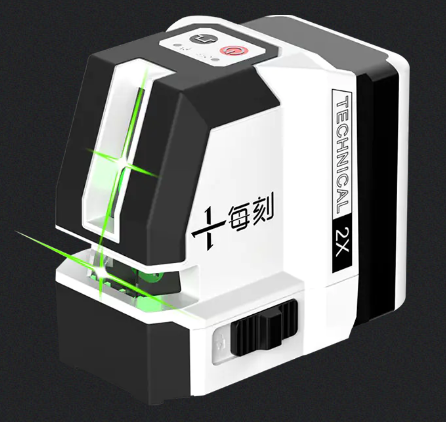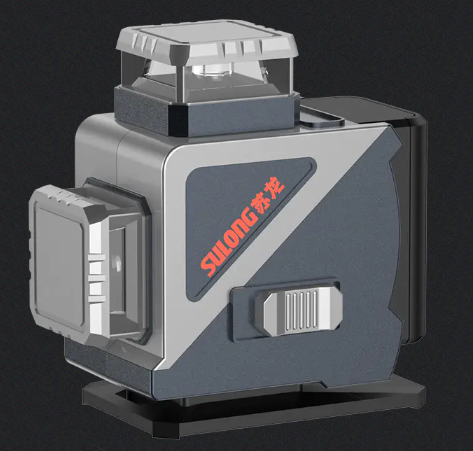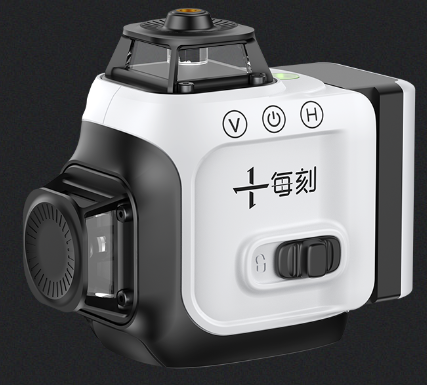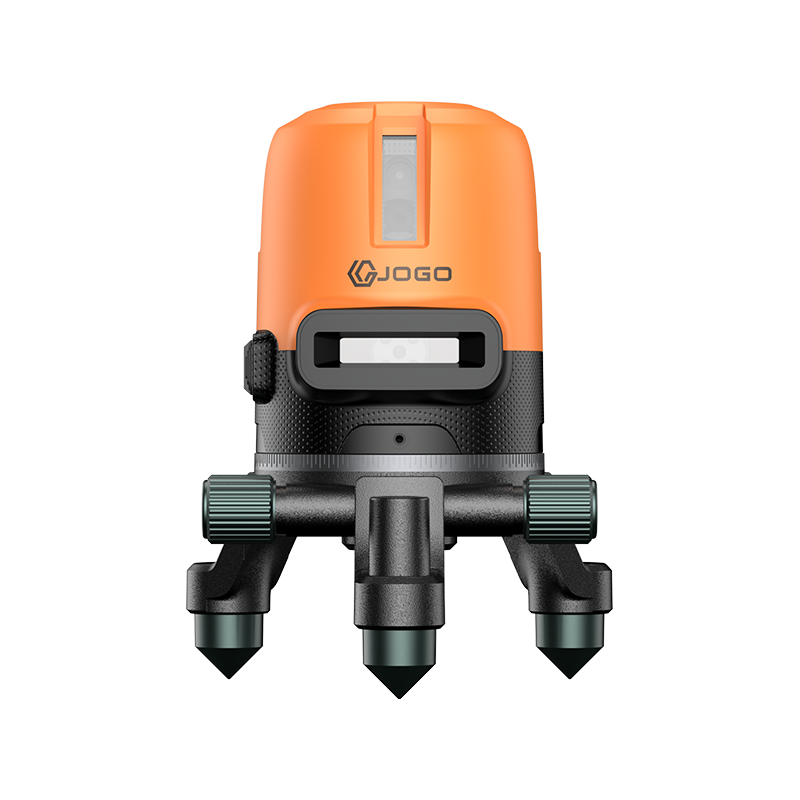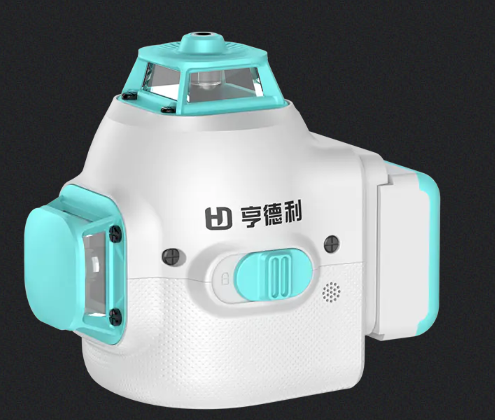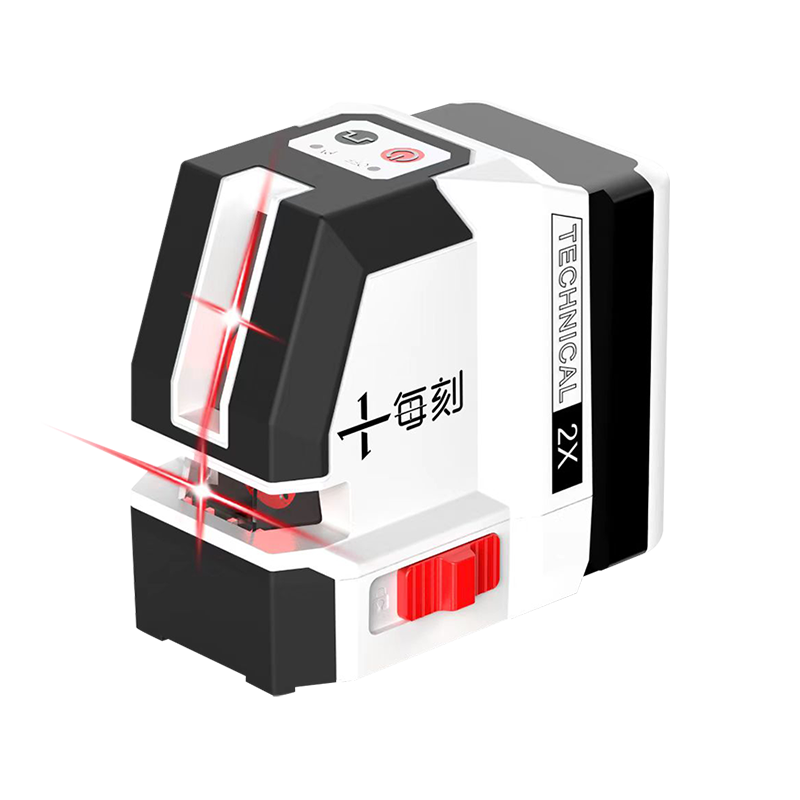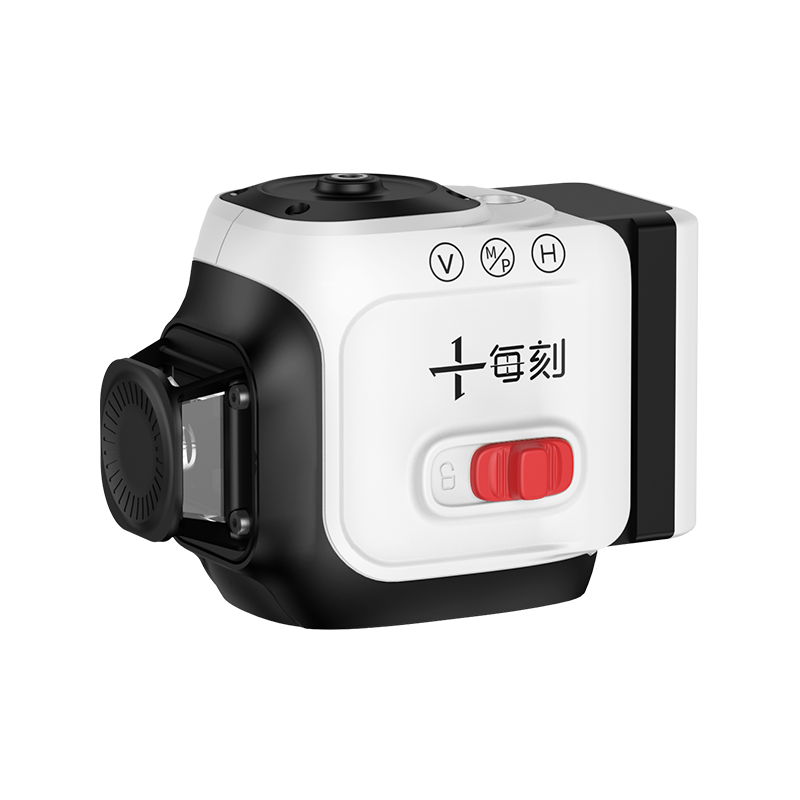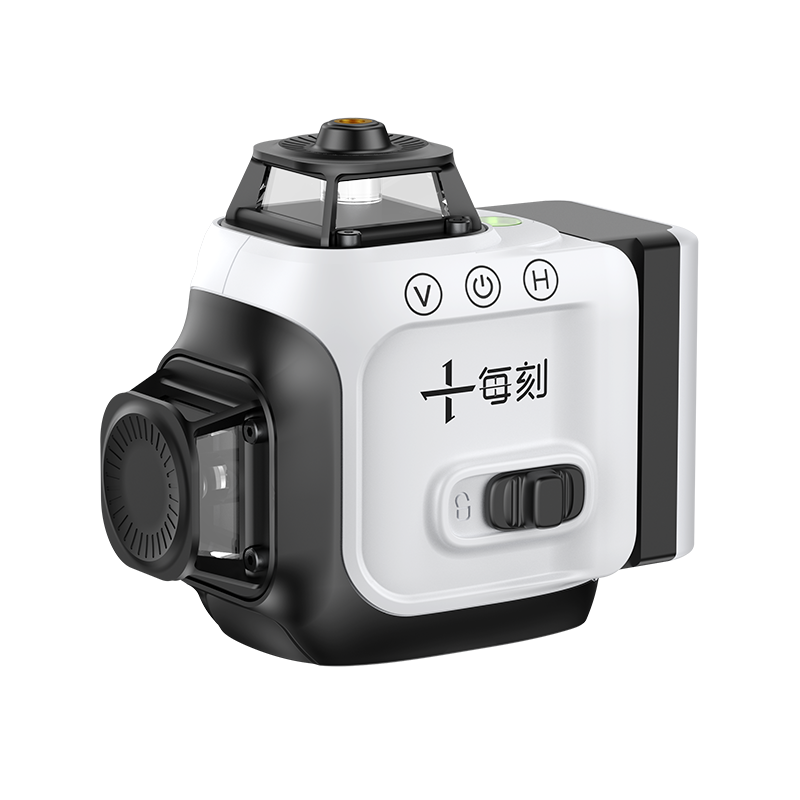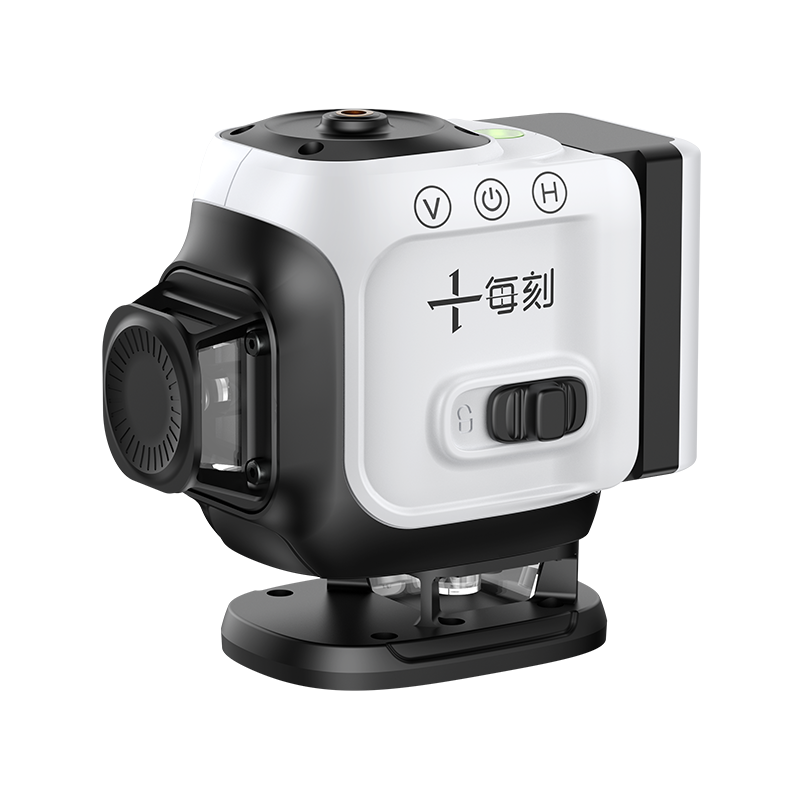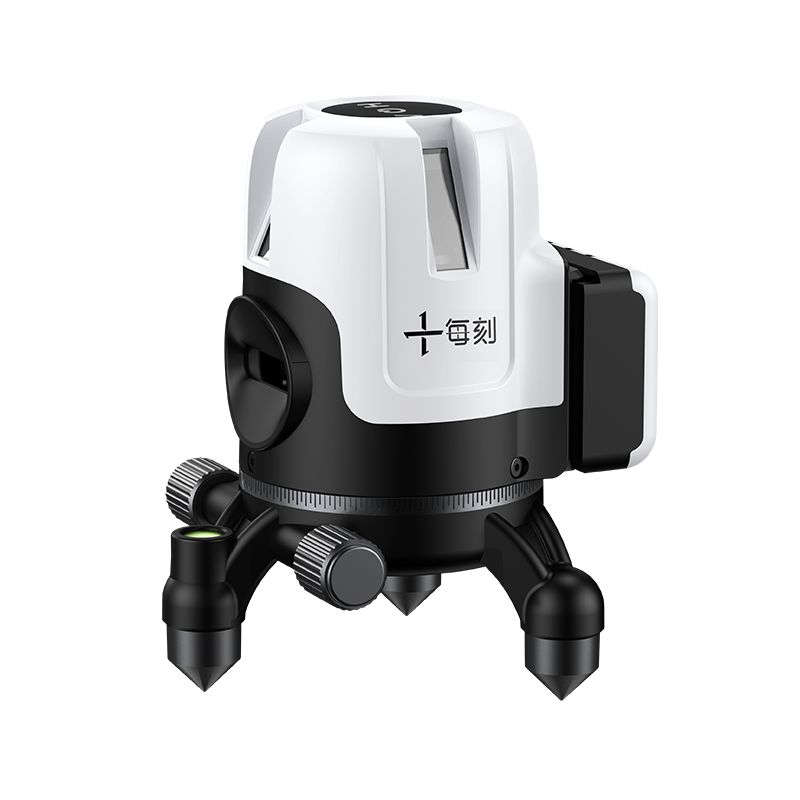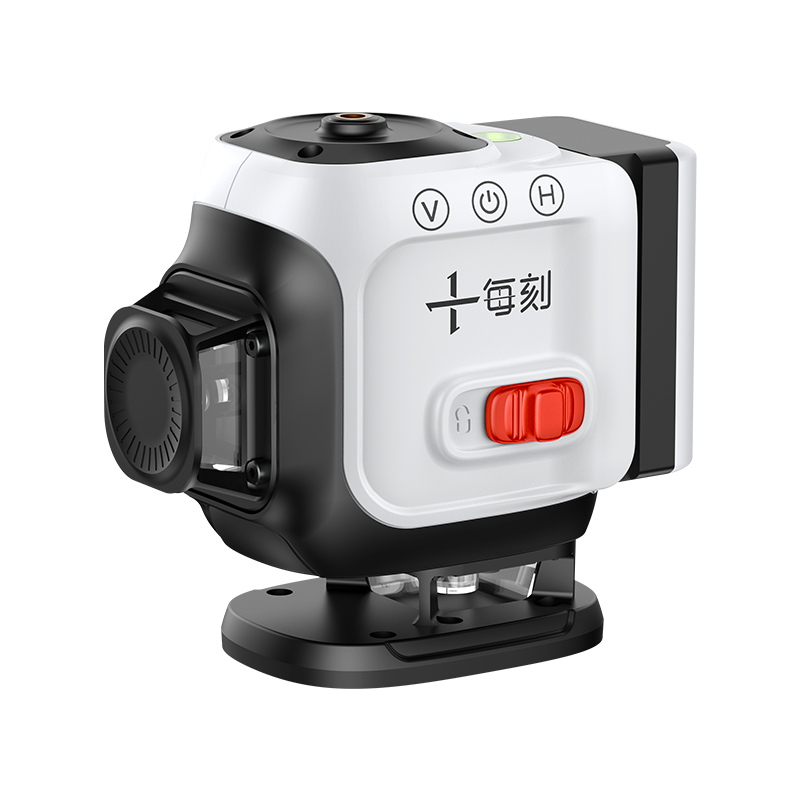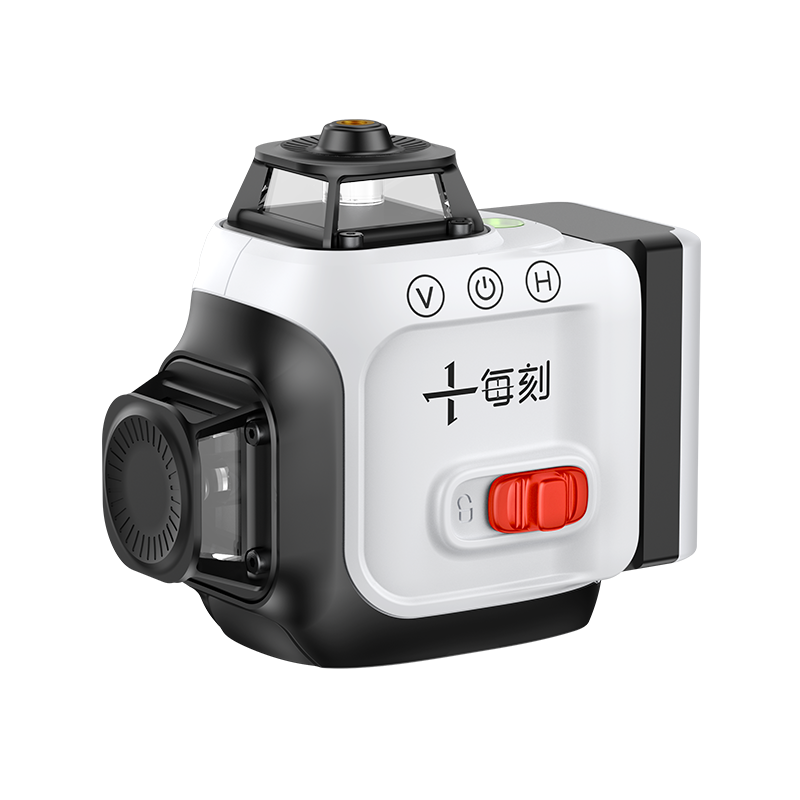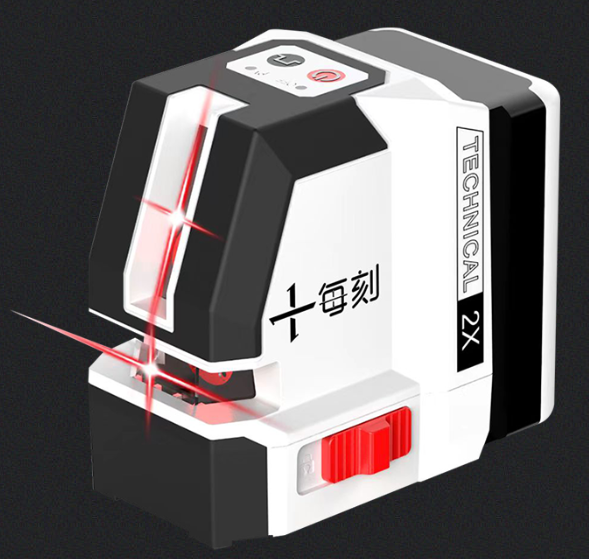
As a precision measurement tool, the good performance of 2-Line Red Laser Level depends on advanced laser technology and intelligent functions, and is also closely related to the fine manufacturing process behind it. The manufacturing process determines the reliability, accuracy and durability of the equipment, and is a key factor in ensuring that the 2-line red laser level maintains efficient measurement in complex application scenarios.
1. Selection of high-quality materials
The fine manufacturing of 2-line red laser level begins with the selection of materials. In order to ensure the durability of the equipment and the stability of measurement, manufacturers usually choose high-strength alloys and engineering plastics. These materials can effectively resist the wear and impact of the external environment, and are also lightweight, making it easy to carry and operate the equipment. In addition, some high-end laser levels use special shockproof materials and set shock-absorbing structures around key components such as laser sources and optical systems to reduce the impact of external vibrations on measurement accuracy.
For the lenses in the optical system, high-quality optical glass is often used, which is treated with multi-layer coating to ensure that the transmission of the laser beam will not be interfered with by environmental factors. The high light transmittance and low scattering rate of the lens ensure the clarity and accuracy of the red laser line, which is also the basis for the laser level to maintain long-term high precision.
2. Precision processing technology
In the manufacturing process of the 2-line red laser level, precision processing technology is one of the keys to ensure product performance. The core components of the laser level, such as the laser transmitter, lens mount, optical adjustment system, etc., usually need to be completed through high-precision machining and CNC processing. The dimensional accuracy requirements of these components are very high, usually within the micron level, and any slight deviation may affect the final measurement accuracy.
Taking the laser transmitter as an example, the manufacturing process needs to ensure that the alignment error between the axis of the laser tube and the device housing is extremely small, so as to ensure that the laser line remains straight over a long distance. In addition, the self-leveling module and adjustment mechanism inside the device also need to be precisely assembled and calibrated to ensure that the device can achieve high-precision automatic adjustment at different angles.
The shell processing of the device is also required to be strict. The shell must not only ensure structural stability, but also take into account multiple functions such as dustproof and waterproof. Usually, high-precision injection molding or die-casting processes are used, and meticulous grinding and polishing processes are used to ensure the surface finish and tightness of the shell to prevent dust or moisture from entering the interior and affecting the accuracy.
3. Fine assembly process
In addition to the processing of parts, the assembly process of the 2-line red laser level is also extremely fine. Due to the complex internal structure of the equipment, involving multiple core components such as laser transmitter, lens group, leveling module and power module, the assembly process must be carried out in a dust-free workshop to prevent dust particles from interfering with the optical system and electronic components.
During the assembly process, each component needs to be calibrated and debugged one by one to ensure that it is accurately in place at the preset position. In particular, the installation of the optical lens must be repeatedly adjusted and tested to ensure that the laser line remains horizontal or vertical at different distances. This process has very high technical requirements for workers, and usually requires professionally trained technicians. The assembly of the automatic leveling system is also very delicate. The system relies on the precise work of the gyroscope or gravity sensor, so it needs to be adjusted and calibrated many times during installation to ensure that it can respond quickly and adjust the position of the laser line at different angles.

 English
English Español
Español 简体中文
简体中文